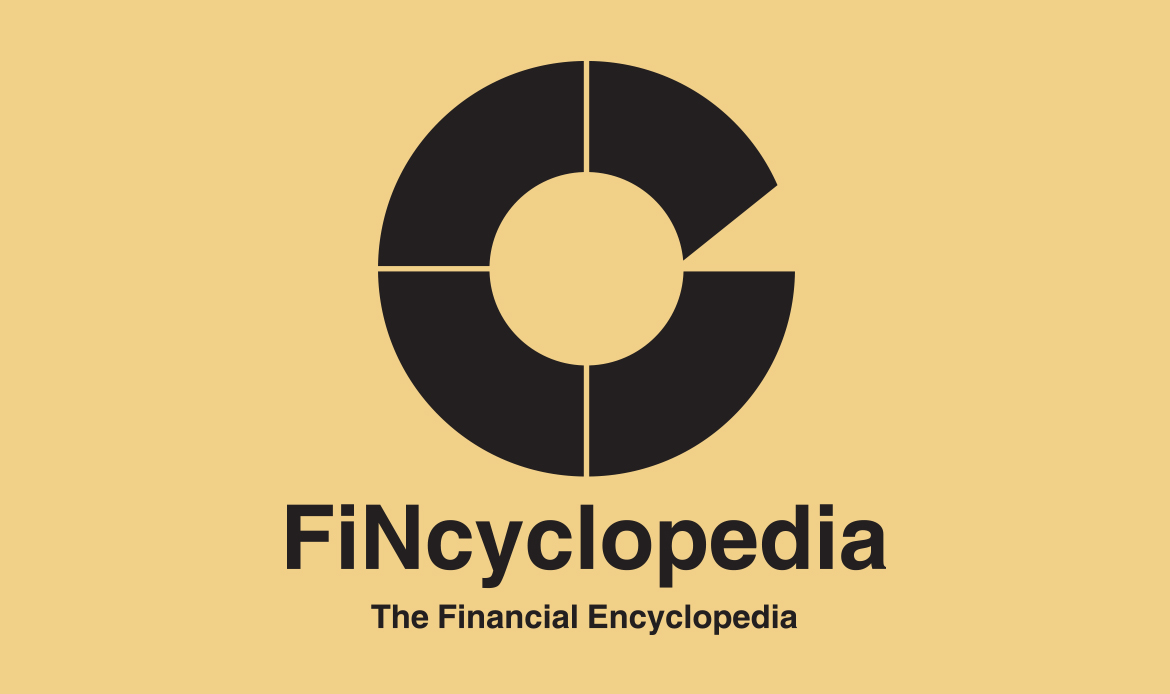An individual number that is used as a fixed-income portfolio’s target performance or desired result. Most often, bogey refers to the rate-of-return target or a hurdle rate. For example, an investor may take the risk of error associated with a specific forecast into account by increasing or decreasing the bogey number.
Bogey may also refer to the attribution method that explains the difference in returns between a managed portfolio and a given benchmark portfolio. Attribution analysis starts from the broadest assets allocation choices and gradually moves on to handle narrower details of portfolio choice. For example, the bogey to which a specific portfolio is compared may be a corporate index publish by some recognized investment banker.
The bogey, in effect, directs the risk of component assets. The selection of bogeys is a very important portfolio task as the choice of an index or benchmark as a bogey implicitly requires the forecast of both interest rates and volatility. The selection of the bogey involves decisions related to the duration, convexity, and composition of a portfolio.
A bogey is also known as a performance bogey.




